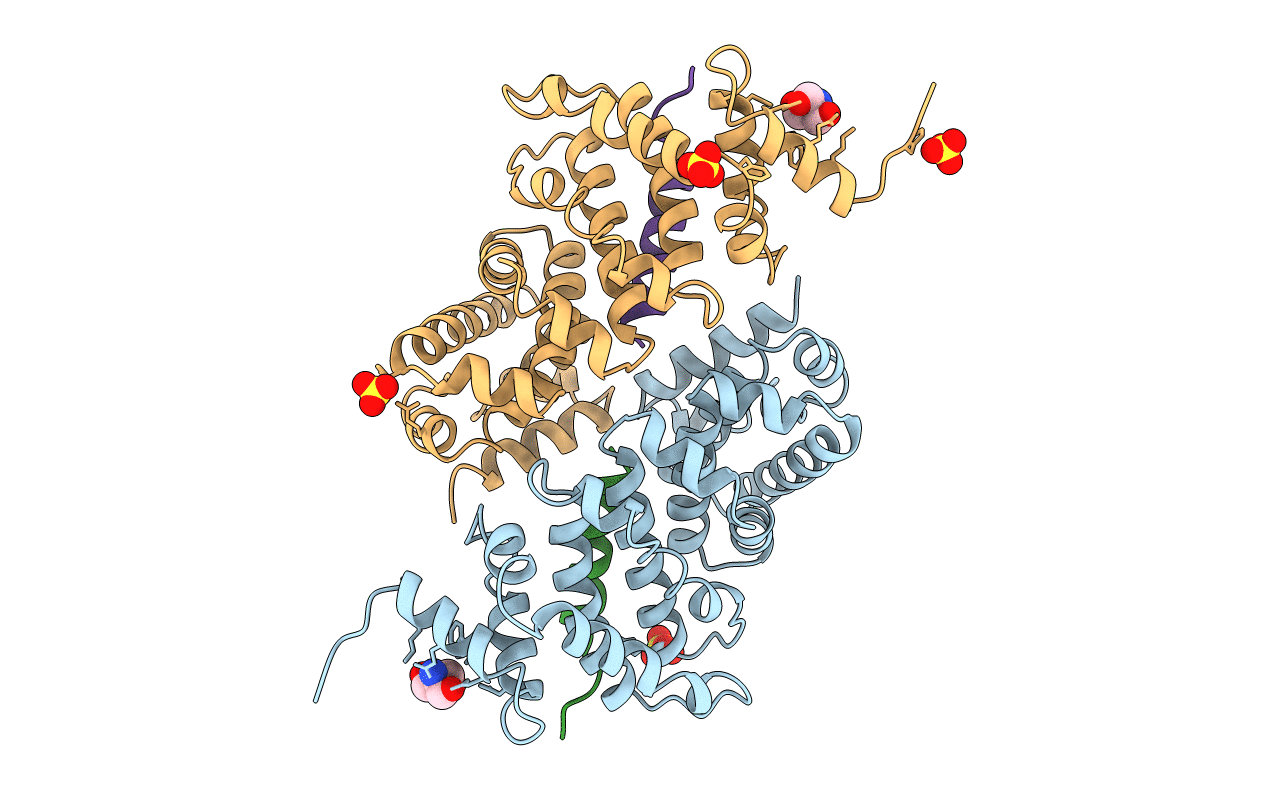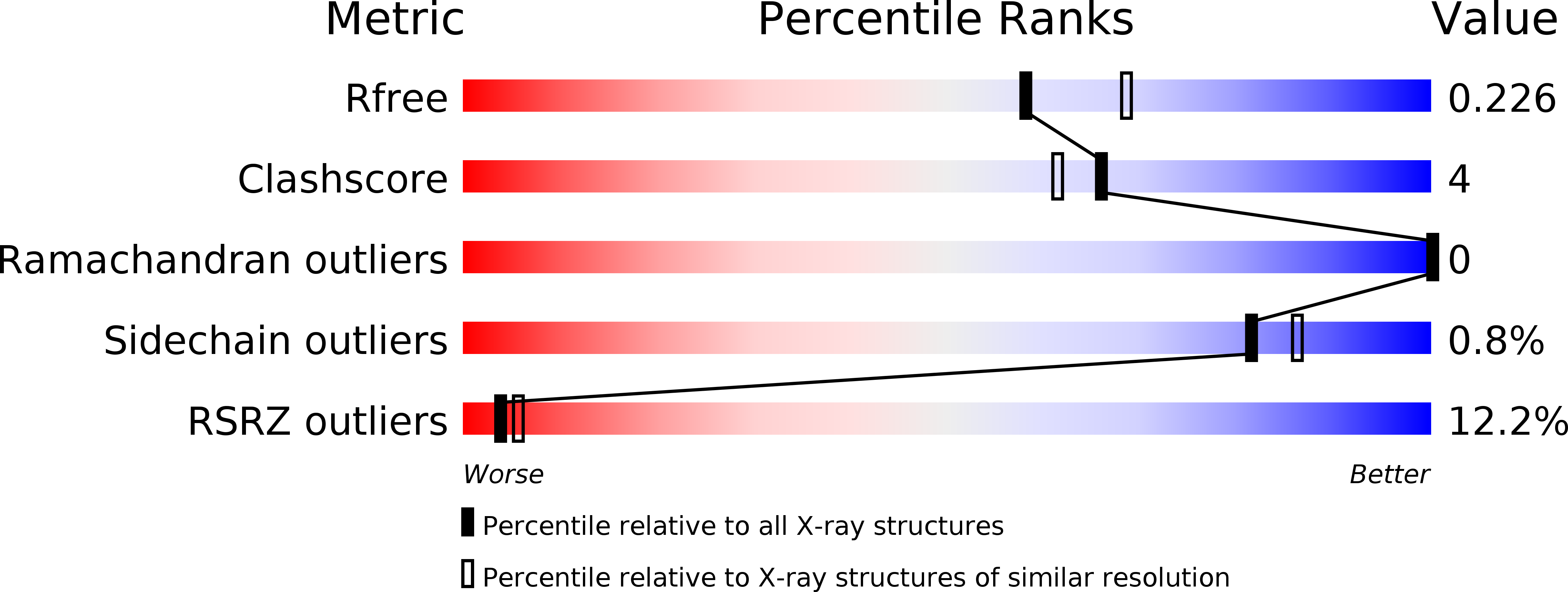
Deposition Date
2016-09-05
Release Date
2017-02-15
Last Version Date
2024-01-17
Entry Detail
PDB ID:
5LSW
Keywords:
Title:
A CAF40-binding motif facilitates recruitment of the CCR4-NOT complex to mRNAs targeted by Drosophila Roquin
Biological Source:
Source Organism:
Homo sapiens (Taxon ID: 9606)
Drosophila melanogaster (Taxon ID: 7227)
Drosophila melanogaster (Taxon ID: 7227)
Host Organism:
Method Details:
Experimental Method:
Resolution:
2.15 Å
R-Value Free:
0.22
R-Value Work:
0.18
R-Value Observed:
0.18
Space Group:
P 1 21 1


